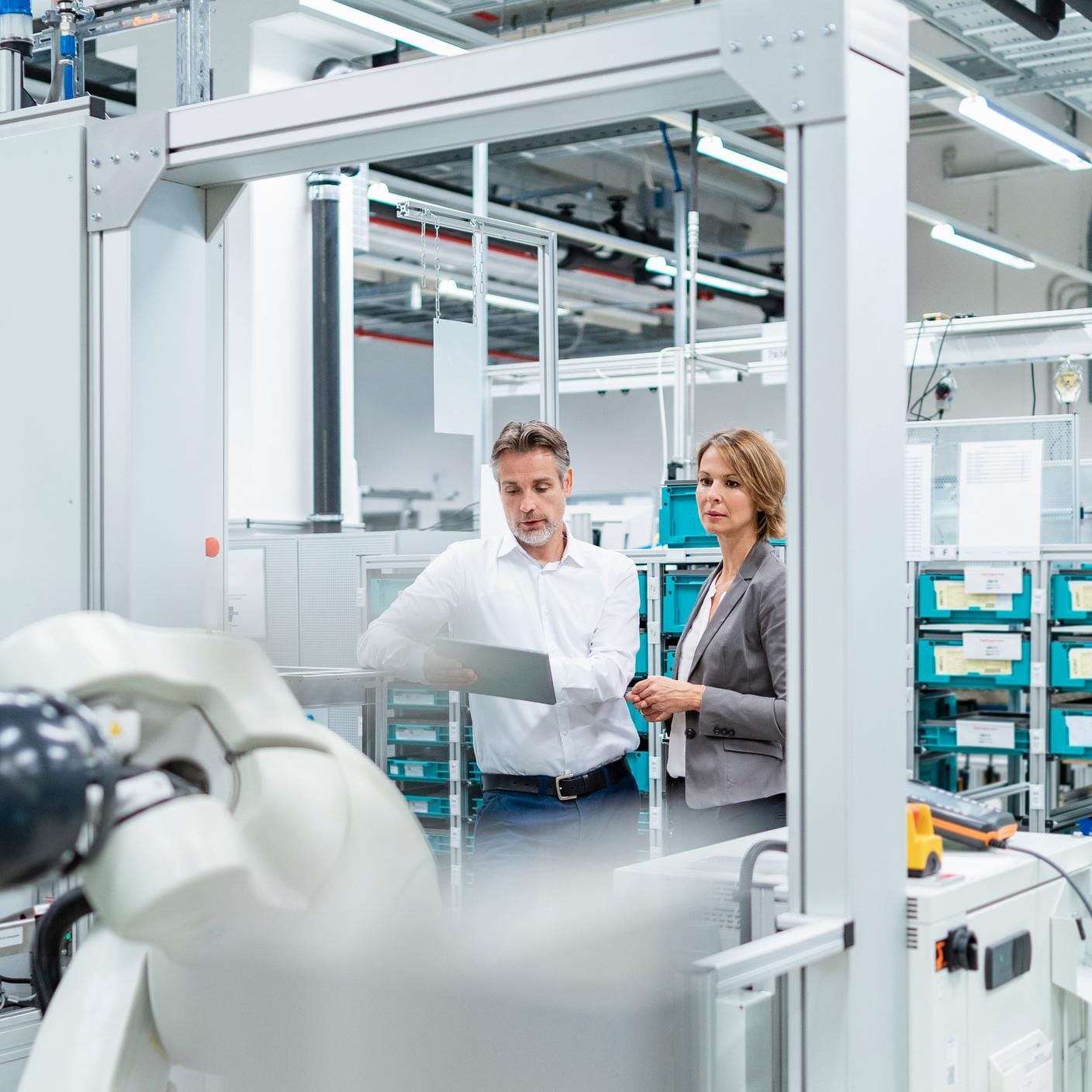In the last decade, additive manufacturing, also known as 3D printing, has revolutionized how we design and manufacture parts and products. According to BS EN ISO/ASTM 52900, additive manufacturing is defined as, the process of joining materials to make parts from 3D model data, usually layer upon layer, as opposed to subtractive manufacturing and formative manufacturing methodologies. As a manufacturing technology, it finds its applications across various industry segments, including automotive, aerospace and aviation, healthcare, oil and gas, energy, power generation, fashion, construction, education, and creative arts, among others. Estimates indicate that the additive manufacturing market size reached $20.37 billion in 2023, with a projected CAGR exceeding 20% over the next decade.
Why embrace additive manufacturing?
In the foreseeable future, conventional manufacturing methods such as casting, forging, machining, and fabrication, among others, will remain a significant part of the manufacturing environment. Additive manufacturing has many complementary benefits to conventional manufacturing and will increasingly become an important tool in an engineer’s toolbox. By its nature, additive manufacturing offers many opportunities.
1) Prototyping- Due to its toolless nature and rapid manufacturing capabilities, AM enables engineers to physically visualize and test prototype parts swiftly. This accelerated ability to iterate designs significantly reduces the new product development cycle.
2) Customization- AM allows for the design and production of one-off custom parts without the need for expensive tooling. Notably, the healthcare industry benefits from this approach, where unique patient implants can be seamlessly created and fitted.
3) Spare Parts- In the aftermarket and services industry, AM enables the cost-effective production of low-volume and complex parts with short lead times local to where those are needed. When dealing with part obsolescence, AM serves as an effective solution for reverse engineering and sourcing parts for critical engineering assets, extending their lifespan. For repair and maintenance, the ability to source parts on demand significantly reduces physical parts inventory and allows us to employ digital warehouse solutions.
4) Performance enhancement- AM offers unparalleled design freedom, allowing engineers to create parts or products that deliver superior performance and mass reduction. Examples include enhancing the efficiency of gas turbines or aero engines, designing highly compact and efficient heat exchangers, and optimizing conformally cooled injection moulds. The AM injection moulds can lead to better products, reduced scrap, and shorter injection cycle times.
5) Life improvement- By designing parts suited for specific working environments, AM contributes to improved durability. Parts can better withstand stress, fatigue, and wear. Integration of parts eliminates joints and interfaces, leading to longer lifespans. Tailoring material properties, such as using biocompatible materials for medical implants or high-temperature materials for aero engines, further enhance durability.
Revolutionizing industries: The transformative power of additive manufacturing
Implementation of additive manufacturing across various industry sectors underscores its versatility and transformative potential. Let’s explore some notable examples:
1) Aerospace Unique Products:
- One of the most talked-about AM parts in the aerospace industry is GE’s LEAP fuel nozzle. This fuel nozzle is produced using laser powder bed fusion technology, which builds up layers of powder to create a 3D object. With 1000 units manufactured every year, this part achieves impressive results:
i) about 25% weight reduction
ii) about 20 parts consolidated into one - The intricate design of internal channels and the elimination of joints contribute to better durability and performance. Its implementation is considered a turning point in metal AM and aerospace manufacturing, paving the way for wider adaptation.
2) Energy and Oil & Gas Spare Parts:
- Ensuring the timely supply of spare parts is crucial for the energy and oil & gas industries. Sulzer Ltd., an OEM of industrial pumps, developed a solution for rapidly manufacturing closed pump impellers within days (compared to weeks). Their approach combines the best of both additive and conventional manufacturing:
i) The impeller’s core is produced using 5-axis milling from a bar stock.
ii) Subsequently, the shroud and vanes are created through iterative steps of powder Laser Metal Deposition (LMD) and machining. - Using this method, a closed pump impeller can be delivered in less than 2 weeks (compared to 15-20 weeks with conventional manufacturing). The machined surface finish on hydraulic surfaces leads to an efficiency improvement of up to 3%, resulting in significant savings on emissions related to pump operation.
3) Biocompatible Medical Implants:
- Stryker leverages the geometric design freedom of AM to create porous structures that mimic cancellous bone. Their anterior lumbar cage (Monterey AL Interbody System) is made from titanium alloy powder using laser powder bed fusion technology. The bone-like porous structure facilitates osteogenic activity (bone building) and enhances implant integration.
4) Supply Chain Flexibility and Innovation:
- Critical spares supply challenges were faced across various industry sectors during the Covid-19 pandemic. For instance, Sulzer Ltd. in the USA sourced parts for the 1st stage of GE Frame 3 gas turbine stator rings for a critical gas turbine using AM. Conventional options were unavailable due to casting house closures. These reverse-engineered AM parts ensured continued operation of the gas turbine, keeping critical infrastructure operational during the crisis. This highlighted how AM can provide supply chain innovation and flexibility.
Navigating challenges: Key enablers for additive manufacturing’s future
Like many other industries, AM faces several challenges in its full-scale implementation. Realizing the full potential of additive manufacturing hinges upon addressing key enablers for its future advancement:
1) Economics- The investment required to set up additive manufacturing operations can be high, especially when considering all the post-processing operations needed to finish parts. The cost of materials used in AM can also be substantial. On the other hand, it is reassuring to see that the introduction of larger and faster machines is improving the overall economics of AM.
2) Improving Skills Gap- For the AM industry to grow, education and training of skilled professionals are essential. While many universities and educational institutes now offer courses dedicated to AM, the practical experience is yet to fully align with the industry’s growth potential.
3) IP and Data- Intellectual property (IP) and data protection remain highly debated topics in the industry. Due to the digital nature of the AM process, data is vulnerable to theft or unauthorized use. As industry develops solutions such as digital warehouses, progress is being made to tackle this issue. AM also generates a significant number of digital files during manufacturing, necessitating meaningful data analysis and storage. Machine learning and artificial intelligence are increasingly being used to tackle this challenge.
4) Scalability, reliability, and harmonization- Scaling AM processes from small batch production to higher volumes is currently challenging due to process transferability issues. The industry’s pursuit of differentiating AM machines has led to problems with process transferability and a lack of standardization. Harmonization across different original equipment manufacturers (OEMs) is crucial to reduce efforts in transferring and scaling AM processes. While AM machines are complex systems, their reliability and availability are gradually improving but still lags conventional processes.
5) Regulatory Framework- Early adopters of AM technology, such as the aerospace industry, have made significant strides in developing standards and certification frameworks for AM parts and products. International standards bodies are actively working to close gaps. Several standards covering different aspects of AM part manufacture and certification are currently available to users of AM. BSI’s AMT/8 committee has been driving the development of several standards in collaboration with ASTM and ISO. Some key released standards include, among others:
- BS EN ISO/ASTM 52900 - Terminology for AM – General Principles – Terminology
- BS EN ISO/ASTM 52901 - Standard Guide for Additive Manufacturing – General Principles – Requirements for Purchased AM Parts
- BS EN ISO/ASTM 52904 - Additive Manufacturing – Process Characteristics and Performance: Practice for Metal Powder Bed Fusion Process to Meet Critical Applications
- BS EN ISO/ASTM 52925 - Additive manufacturing of polymers — Feedstock materials — Qualification of materials for laser-based powder bed fusion of parts
- BS EN ASTM ISO/ASTM 52911 series - Additive manufacturing — Design —Laser-based powder bed fusion of metal, polymers materials
In summary, additive manufacturing stands poised to revolutionize the manufacturing industry, offering unprecedented opportunities for innovation, customization, and sustainability. However, realizing its full potential requires concerted efforts to overcome technical, economic, and regulatory challenges while fostering a culture of innovation and collaboration across industry sectors.



